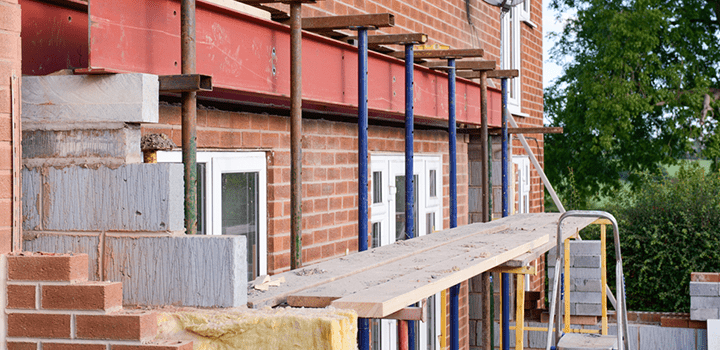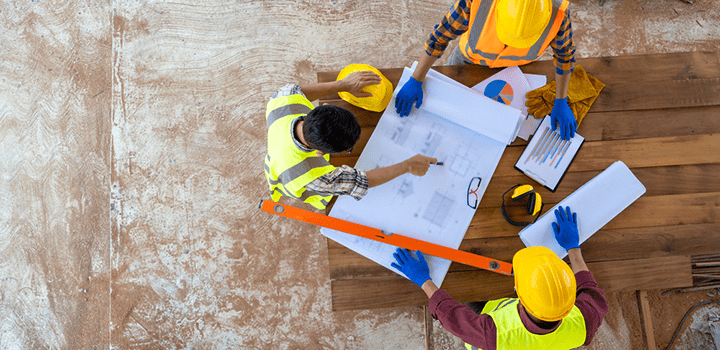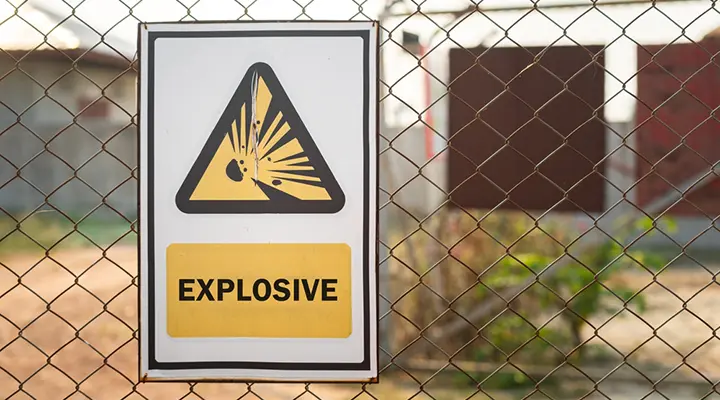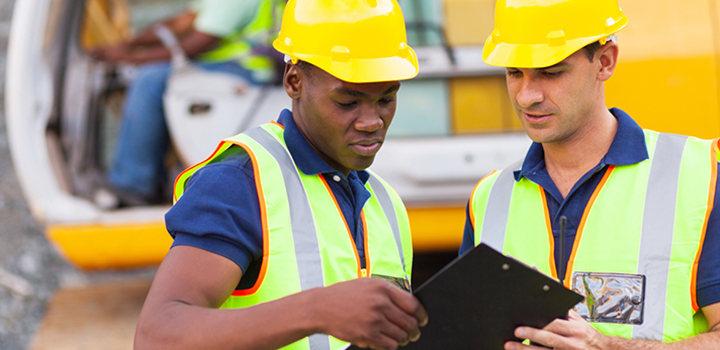CDM stands for Construction (Design and Management). As an approved provider of CDM online courses, i2Comply know all about the Construction (Design and Management) regulations . First introduced in 1994 to ensure everyone from the client to the designers and contractors, works together to prevent accidents and ill health arising from construction work.
The regulations were updated in 2015 and are commonly referred to as the CDM Regulations 2015. The regulations apply in England, Scotland and Wales.
Everyone from the client to the designers and contractors must know the regulations to prevent avoidable accidents and protect themselves from legal and financial repercussions.
This article will explain the reason why the CDM regulations 2015 exist, and it will identify where they apply and who they apply to.
Why do CDM regulations exist?
Construction is one of the most dangerous industries in the world, and construction sites have many hazards that pose a risk to workers and visitors. Common hazards include moving equipment, the risk of falling from height, noise, manual handling, electrocution and Hand Arm Vibration.
As well as protecting people from injury and ill health, adhering to the regulations helps ensure that business owners and site managers protect themselves from legal and financial repercussions where injury or ill health arises from construction work.
Health and safety risks in construction
The most common causes of accidental death and injury include falls, material falling/collapsing, accidents with vehicles and mobile machinery, electrical accidents, and trips. But simple measures like putting up guard rails and informing all workers where to find underground cables can make a massive difference to on-site safety. Even if overall building site safety has improved significantly over the last decade, the construction industry is still dangerous.
In the UK, according to the latest statistics from the HSE, 37% of workplace fatalities happened in the construction industry, significantly more than the next most dangerous job – farming. You are far more likely to die at work as a builder than as a firefighter. (As well as the more apparent short-term injury – construction workers can also risk chronic ill health when exposed to physical working conditions or chemicals. Think repetitive strain injury or longer-term respiratory illness from working with insulation without proper protection).
Where do CDM regulations apply?

Whether you’re organising renovation work on a small business premises or paying a 1000-strong team to build an Olympic-sized stadium – the CDM regulations apply on every construction site. CDM applies whether the project is a new build, demolition, extension, refurbishment and even in repair and maintenance work.
They apply in both domestic and commercial premises – though the responsibilities of homeowners are less exhaustive compared to business owners.
Who do the CDM regulations apply to?
The CDM regulations apply to 6 dutyholders – clients, principal designers, designers, principal contractors, contractors and workers.
Client
As the client, for example, you’re not expected to have in-depth knowledge of construction or to manage or supervise the work yourself. But as the money and the will behind a project – you will inevitably influence the health, safety, and well-being of workers and site visitors.
Main duties include:
- Appointing other dutyholders – principal designer and principal contractor
- Allocating sufficient time and adequate resources
- Ensure other dutyholders have relevant information
- Ensure the principal designer and principal contractor carry out their duties
- Ensure welfare facilities are on-site
Principal Designers
If more than one contractor will be working on site, the client must appoint a principal designer. The principal designer must have sufficient knowledge, experience and ability to carry out the role. Their main responsibilities will be to plan, manage, monitor and coordinate health and safety in the pre-construction phase of a project.
Main duties include:
- Identifying, eliminating or controlling foreseeable risks
- Ensure designers carry out their duties
- Prepare and provide relevant information to other dutyholders
- Liaising with the principal contractor
Designers
These are organisations or individuals who as part of a business, prepare or modify designs for a building, product or system relating to construction work.
Main duties include:
- Eliminating, reducing foreseeable risks that may arise during construction or maintenance of a building
- Providing information to the project team to help them fulfil their duties
Principal Contractor
Where there are more than one contractor on-site, the client must appoint a principle contractor. Their main responsibilities will be to plan, manage, monitor and coordinate health and safety in the construction phase of a project.
Main duties include:
- Liaising with the client and principal designer
- Prepare the Construction Phase Plan (CPP)
- Organise and coordinate all contractors
- Ensure contractors provide suitable site inductions
- Ensure reasonable steps are made to secure the site
- Ensure contractors consult and engage their workers in health and safety
- Ensure welfare facilities are on-site
Contractors
These are companies or individuals who carry out the building work. Their main responsibilities will be to plan, manage, monitor and coordinate construction work under their control. To ensure that work is done without risks to health and safety.
Main duties include:
- Complying with directions given to them by the principal designer or principal contractor
- Prepare the Construction Phase Plan (CPP) – if single contractor project
Workers
These are the individuals carrying out the building work for the contractors on a construction site. Workers have an important part to play in Health and Safety and should be consulted about matters which affect their health, safety and welfare. They have a duty to report risks which they believe could endanger themselves or other workers. They should also cooperate with their employer, other workers and dutyholders.
CDM regulations (2015) for domestic premises

Your responsibilities are different if you’re a domestic client, organising work in your home or a family member’s home. In that case, your only responsibility is to appoint the principal contractor and principal designer. But if you’re arranging work for a business, your responsibilities go much further, no matter how small the premises.
Accredited CDM regulations training
You can take our online RoSPA-Assured CDM Regulations training to learn more about your duties and responsibilities as a client, contractor, or designer. After taking the course, you should know:
- Exactly what the CDM regulations are
- How the CDM regulations apply to your construction work
- What your responsibilities are according to CDM regulations (2015)
- The consequences of non-compliance
If you have any questions, please don’t hesitate to contact our friendly and experienced support team by emailing support@i2comply or calling 0333 577 5016.



